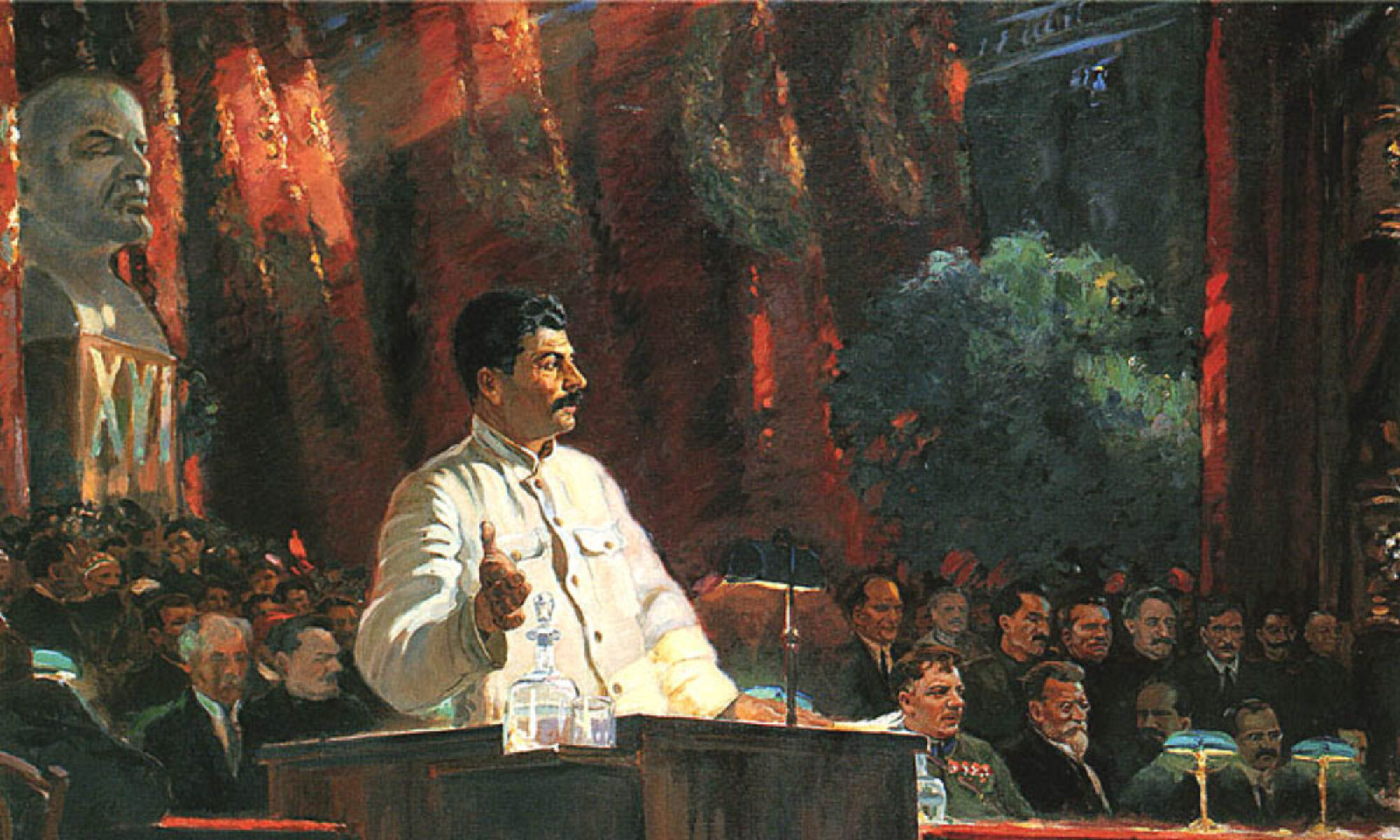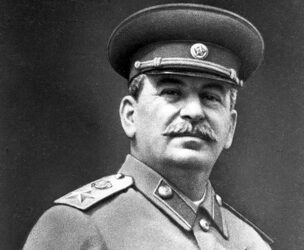Erika Wolf introduces us to the Soviet photographer Alexander Rodchenko. She tells us about some of his well known works and allows the reader to have a look at visual propaganda. The Soviet labor camp, Belomorstroi played a huge part in Rochenko’s rise to the top. The White-Sea Baltic Canal project particularly helped Rodchenko pave his way. His photo essays were published in a respected magazine that was translated in Russian, English, German and French. This images and writings show the work ethic of the Soviet Union and provide readers with a false sense of accomplishment. Although the stories show the dedication of the Soviet workers, as a reader, the deeper you dig the more bodies you find. Belomorstroi changed the “nonproductive” or “antisocial” members of the Soviet Union into, ” productive, skilled, contributing members of society and at the same time a useful public project was completed.”(Wolf 170). The labor camp is portrayed to the magazine readers as a group of people that worked together and were able to accomplish something “together”. The perfect society right? Wrong, in Rodchenko’s images not one of the workers looks happy or is smiling. The laborers look tired, beat down and exhausted. After all the were completing the tasks of machines. Wolf introduces us as readers to an inside look of the Visual propaganda in the 1930’s.

